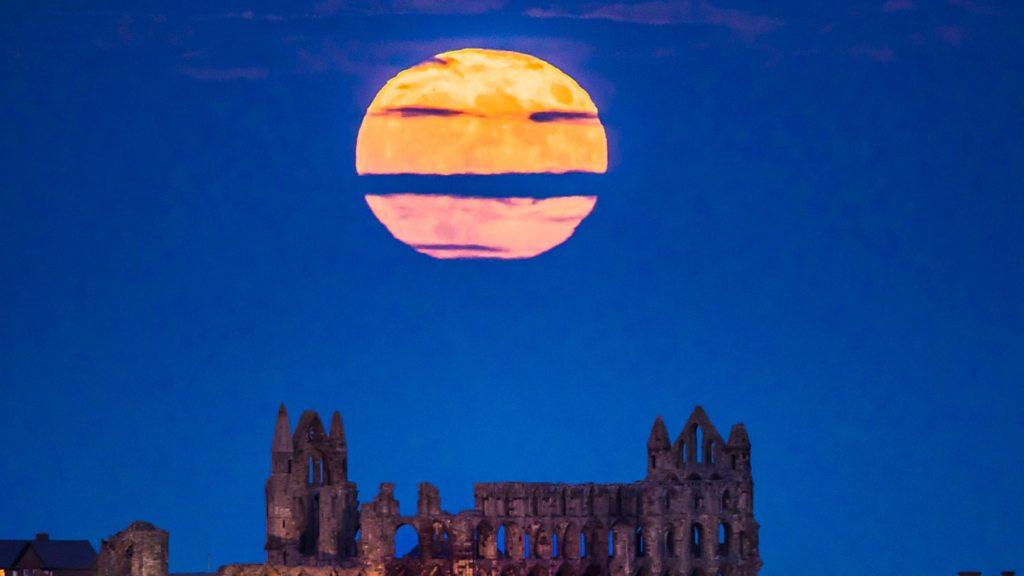Sturgeon Moon lights up South West sky
- Published
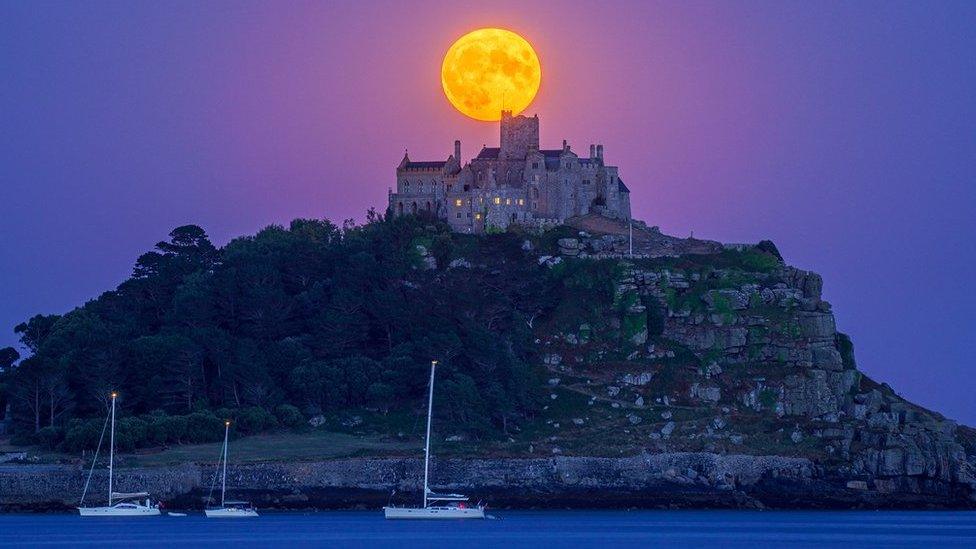
John Maclean said the moon looked "truly super" when it was on the horizon or behind an object
Stargazers from across the south-west of England have taken to social media to share photos of the Sturgeon Moon that has lit up the sky.
The moon was at its closest point to Earth at 02:36 BST on Friday, astronomy expert John Maclean said.
Mr Maclean said the moon looked "truly super" when it was on the horizon or behind an object.
The name originates from North America after the abundance of sturgeon in the rivers and lakes at this time of year.

This photo was taken near Ilfracombe
Mr Maclean, who runs Exeter Observatory, and is a keen astrophotographer, said: "The moon will appear larger as it is at perigee - its closest point to Earth."
He said the moon "is sometimes called the Sturgeon Moon because the native American tribe, the Algonquin, caught more fish during this period".
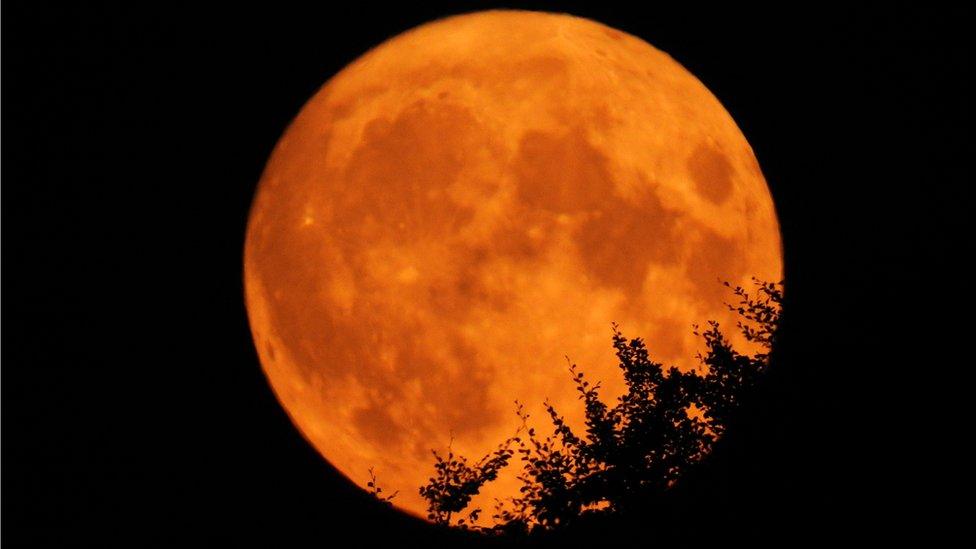
The moon was at its closest point to Earth at 02:36 BST on Friday
Mr Maclean added: "Only when seen near the horizon or behind an object does it look truly super."
Stargazers were treated to the Strawberry Moon in June and the Buck Moon in July.
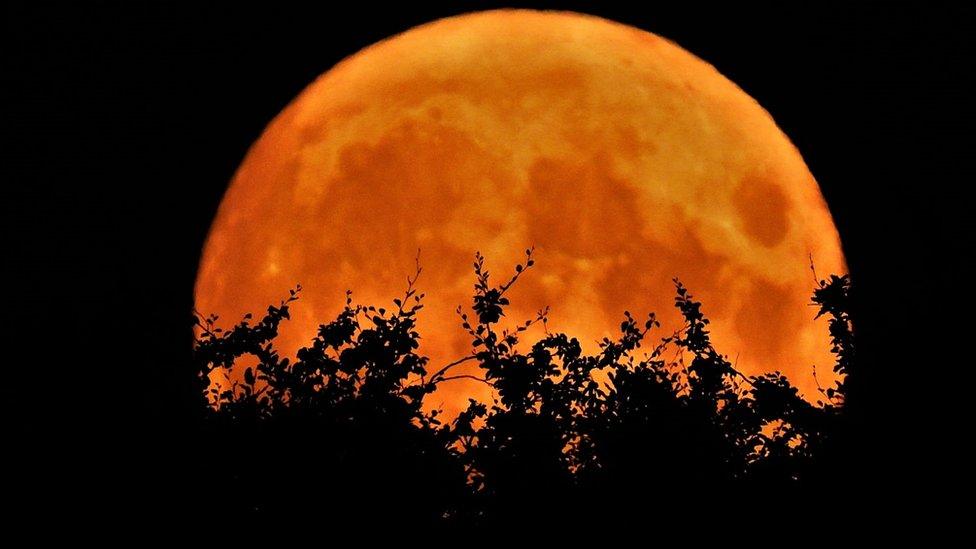
The Sturgeon Moon was captured on Dartmoor

Follow BBC News South West on Twitter, external, Facebook, external and Instagram, external. Send your story ideas to spotlight@bbc.co.uk.
- Published12 August 2022
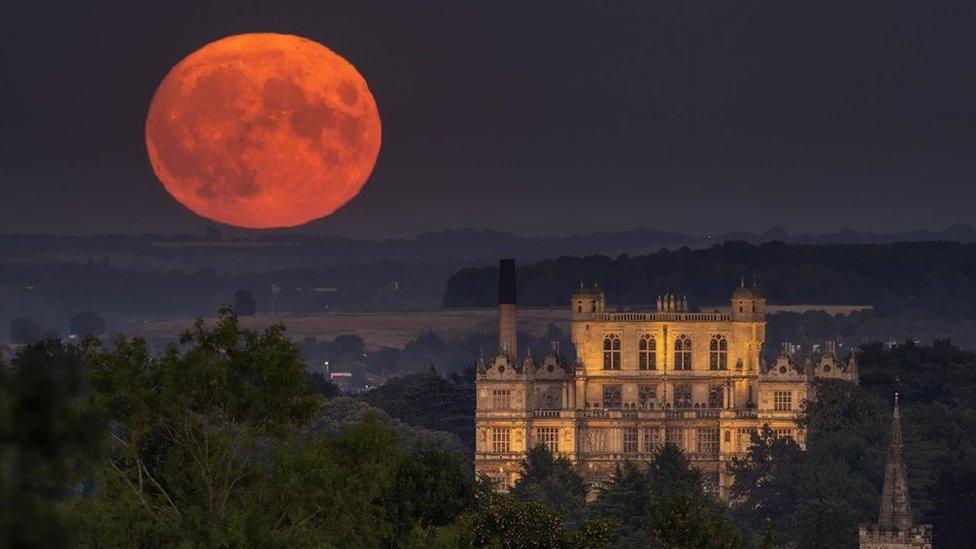
- Published27 April 2021
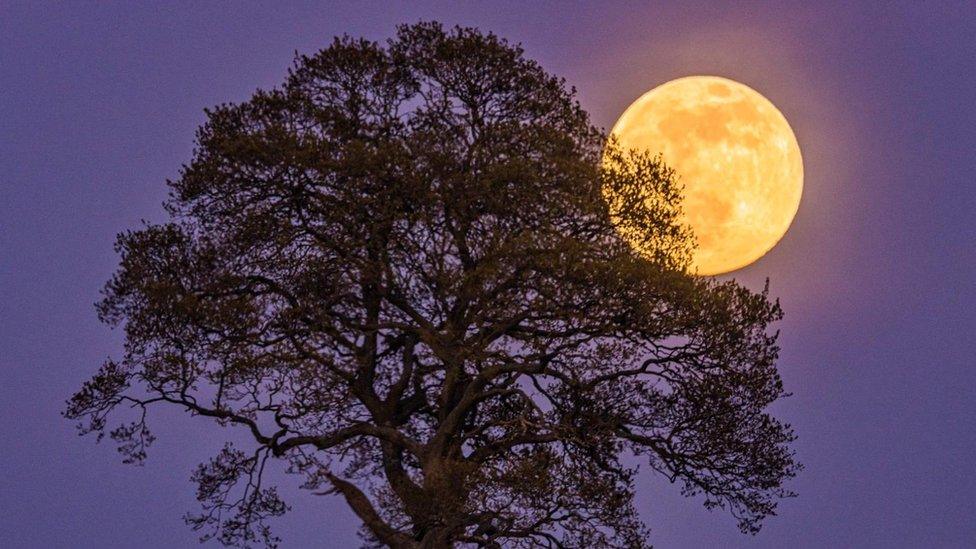
- Published4 December 2017
